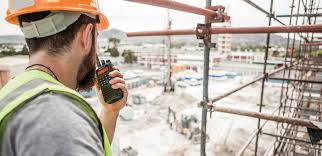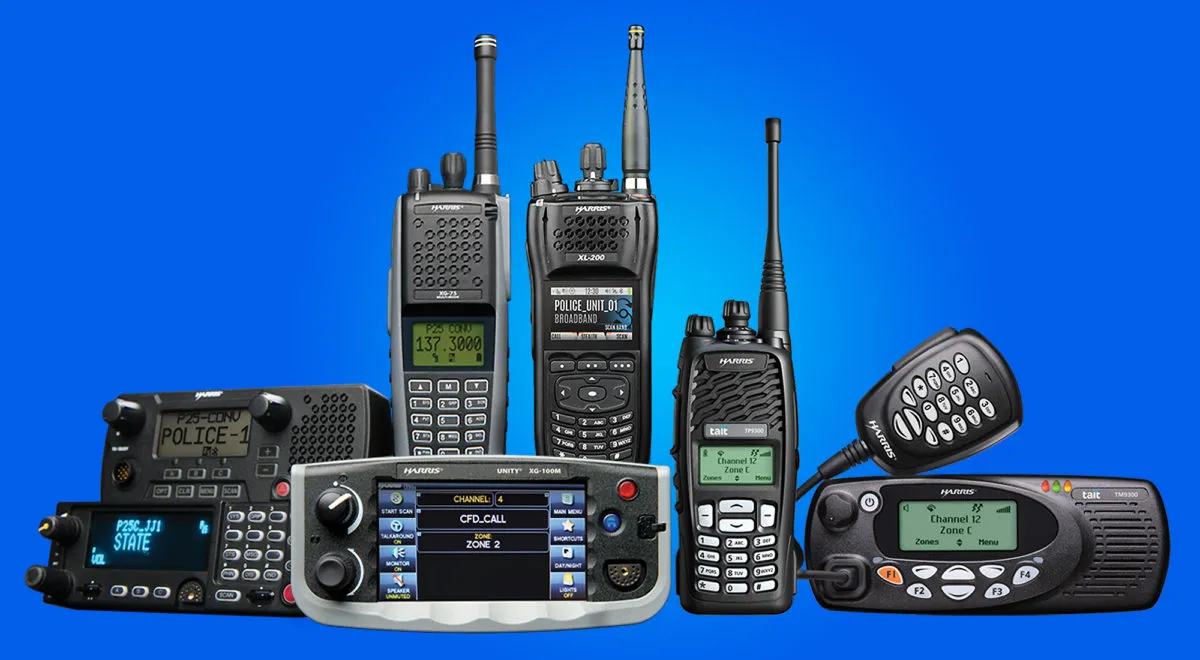In-Building Radio Coverage for First Responders: Ensuring Reliable Emergency Communication

Strong 8k brings an ultra-HD IPTV experience to your living room and your pocket.
When an emergency strikes, effective communication is paramount. For first responders—firefighters, police, and emergency medical personnel—uninterrupted communication can save lives. In-building radio coverage for first responders ensures that emergency personnel can maintain clear and reliable communication throughout every part of a structure, from the rooftop to the basement. Without robust in-building coverage, critical communications may fail during the most crucial moments.
What Is In-Building Radio Coverage for First Responders?
In-building radio coverage for first responders refers to the implementation of specialized systems that amplify and distribute emergency communication signals within a building. These systems ensure that public safety radios work reliably, even in areas where external signals typically cannot penetrate, such as:
- Underground facilities (parking garages, tunnels)
- High-rise buildings
- Large campuses (hospitals, universities)
- Critical infrastructure (airports, stadiums)
By ensuring seamless communication, in-building radio systems provide emergency personnel with the ability to coordinate and respond swiftly, regardless of their location within a structure.
Why Is In-Building Radio Coverage Critical?
Reliable in-building radio coverage is more than a convenience—it's a lifesaving necessity. Without adequate coverage, first responders may experience:
- Communication Blackouts: Dead zones where no signal can penetrate.
- Delayed Response Times: Inability to coordinate with other teams efficiently.
- Increased Risk to Life and Property: Miscommunication during emergencies can have life-threatening consequences.
Furthermore, many jurisdictions now enforce legal mandates requiring in-building public safety communications. This ensures that buildings are prepared for emergencies and meet specific safety standards.
How In-Building Radio Coverage Works
The technology behind in-building radio coverage involves capturing external emergency radio signals, amplifying them, and redistributing them throughout the building. Key components include:
- Donor Antenna: Captures the signal from an external public safety network.
- Bi-Directional Amplifier (BDA): Boosts weak signals to ensure consistent coverage.
- Distributed Antenna System (DAS): Transmits the amplified signal to internal antennas throughout the building.
- Backup Power Supply: Ensures functionality during power outages, a critical feature in emergencies.
These components work together to ensure clear and reliable communication across all areas of a building.
Regulatory Standards for In-Building Radio Coverage
In-building radio coverage systems are subject to strict codes and standards to guarantee their reliability. The primary regulations include:
- NFPA 1221 (National Fire Protection Association): Defines the standards for emergency service communications.
- IFC 510 (International Fire Code): Requires in-building emergency responder radio coverage to ensure public safety.
- FCC (Federal Communications Commission): Regulates the use of public safety frequency bands and system compliance.
Building owners and property managers are responsible for ensuring their systems meet these regulatory standards to maintain legal compliance and public safety.
Key Features of Effective In-Building Radio Coverage Systems
- Signal Reliability: Provides continuous and reliable coverage throughout the building.
- Multi-Frequency Support: Compatible with multiple frequency bands (UHF, VHF, 700/800 MHz).
- Monitoring and Alerts: Automatically identifies performance issues and alerts operators.
- Redundancy: Includes backup systems to ensure continued operation during power failures.
- Scalability: Capable of expanding as building size and communication needs grow.
These features ensure that first responders maintain effective communication during emergencies, even in the most challenging environments.
Industries Requiring In-Building Radio Coverage
While all structures benefit from improved in-building radio coverage, certain industries are legally required to implement these systems:
- Healthcare: Hospitals and medical centers require uninterrupted emergency communication.
- Education: Schools and universities must ensure student safety during crises.
- Commercial Real Estate: Office buildings and high-rise apartments must comply with public safety standards.
- Transportation: Airports, subways, and tunnels require reliable coverage for operational safety.
- Government Facilities: Public institutions must ensure first responders have seamless communication access.
The Process of Implementing In-Building Radio Coverage
A successful in-building radio coverage system involves several critical steps:
- Site Survey and RF Testing: Analyze current signal strength and identify coverage gaps.
- System Design: Customize a solution tailored to the building’s unique structure.
- Installation: Deploy and integrate antennas, amplifiers, and monitoring equipment.
- Testing and Certification: Validate system performance and ensure regulatory compliance.
- Ongoing Maintenance: Conduct regular inspections and system updates to maintain peak performance.
Proper planning and execution ensure a seamless system that supports emergency response when it matters most.
Challenges in Achieving Optimal In-Building Radio Coverage
Despite its importance, implementing in-building radio coverage is not without challenges:
- Structural Barriers: Concrete, steel, and other materials can block or degrade signals.
- Cost Considerations: Initial installation and maintenance require significant investment.
- Changing Regulations: Adapting to evolving public safety and compliance standards.
- Signal Interference: Managing interference from other wireless devices and networks.
Working with experienced professionals helps overcome these challenges, ensuring effective system deployment.
Future Trends in In-Building Radio Coverage
Technological advancements are shaping the future of in-building radio coverage. Key trends include:
- 5G Integration: Leveraging new spectrum for faster and more reliable communication.
- Smart Building Connectivity: Integrating with IoT and intelligent building systems.
- AI and Automation: Utilizing machine learning for real-time monitoring and issue detection.
- Enhanced System Redundancy: Ensuring communication continuity through advanced fail-safes.
As these technologies evolve, in-building radio coverage systems will become even more reliable and responsive.
Benefits of Investing in In-Building Radio Coverage
Investing in comprehensive in-building radio coverage yields numerous advantages:
- Improved Emergency Response: Faster, more coordinated actions during crises.
- Compliance with Legal Standards: Avoiding fines and meeting mandatory safety codes.
- Increased Property Value: Enhanced safety features can boost real estate appeal.
- Public Confidence: Demonstrating commitment to occupant and public safety.
For property owners and managers, in-building radio coverage is not just a regulatory requirement—it’s a critical investment in life safety and operational continuity.
FAQs
What is the purpose of in-building radio coverage for first responders?
It ensures uninterrupted communication for emergency personnel inside buildings, improving response times and safety during critical situations.
Are there legal requirements for in-building radio coverage?
Yes, regulations like NFPA 1221 and IFC 510 mandate in-building public safety communications to ensure compliance and enhance emergency readiness.
How does in-building radio coverage work?
It uses external antennas to capture signals, amplifies them with BDAs, and distributes them through DAS to ensure indoor coverage.
What types of buildings require in-building radio systems?
High-rise buildings, hospitals, government facilities, and large venues must have these systems to maintain public safety communication.
How often should in-building radio systems be tested?
Systems should undergo annual inspections and testing to maintain compliance and ensure operational readiness.
What happens if a building lacks in-building radio coverage?
Without proper coverage, first responders may face communication blackouts, increasing risks during emergencies and non-compliance penalties.
Note: IndiBlogHub features both user-submitted and editorial content. We do not verify third-party contributions. Read our Disclaimer and Privacy Policyfor details.







